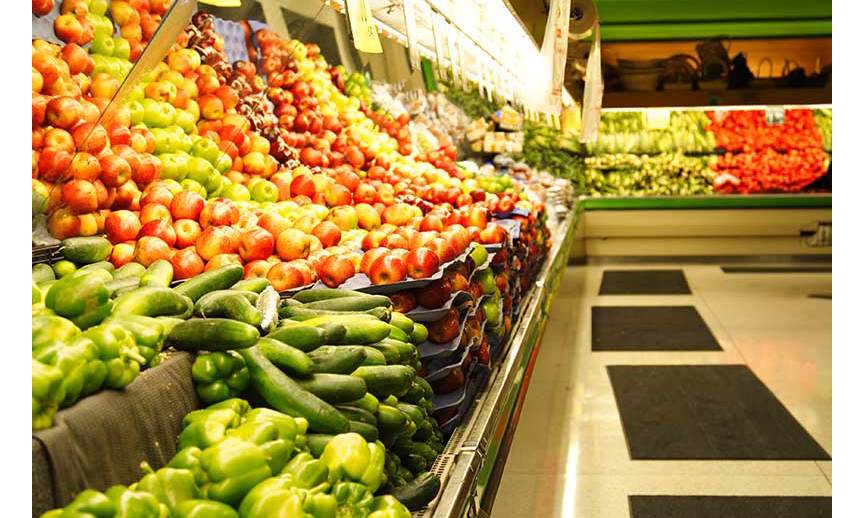The USDA, the EPA and the FDA on Oct. 18 announced the signing of a joint agency formal agreement under the “Winning on Reducing Food Waste” initiative. The agreement is aimed at improving coordination and communication across federal agencies attempting to better educate Americans on the impacts and importance of reducing food loss and waste.
Signing the joint agency agreement were U.S. Secretary of Agriculture Sonny Perdue, Acting EPA Administrator Andrew Wheeler and FDA Commissioner Scott Gottlieb, M.D.
In the U.S., food waste is estimated at between 30-40 percent of the food supply. This figure corresponded to approximately 133 billion pounds and $161 billion worth of food in 2010. Wasted food is the single largest category of material placed in municipal landfills and represents nourishment that could have helped feed families in need, the organizations say. Additionally, water, energy, and labor used to produce wasted food could have been employed for other purposes.
“An unacceptable percentage of our food supply is lost or wasted,” said Secretary Perdue. “As the world’s population continues to grow and the food systems continue to evolve, now is the time for action to educate consumers and businesses alike on the need for food waste reduction. I am pleased to be joined by my Trump Administration colleagues on this important, common sense issue. The future of food depends on action from us now, which is why we have established this formal partnership among USDA, EPA and FDA.”
“EPA is proud to partner with USDA and FDA to enhance food recovery efforts and educate the public on the need for improved food waste management,” said EPA Acting Administrator Andrew Wheeler. “Redirecting excess food to people, animals or energy production has tremendous economic and social benefits, and that is why the Trump Administration is working closely with businesses and consumers to prevent food loss and maximize the inherent value of food.”
“Sadly, each day too many American families struggle to meet their nutritional needs, and we at the FDA recognize the important role that reducing food waste can play in filling this critical gap,” said FDA Commissioner Scott Gottlieb, M.D. “By taking steps to address obstacles that food donation and recovery programs may face in giving unsold foods a second opportunity and helping food producers find ways to recondition their products so that they can be safely sold or donated, our aim is to both reduce food waste and nourish Americans in need. We are delighted to be collaborating with our federal partners on the Winning on Reducing Food Waste initiative as we continue to explore additional ways to reduce food waste and make safe, nutritional foods available to all.”
The agencies say they collectively look forward to hearing feedback from stakeholders about how they can work together at the federal level and leverage partners throughout the supply chain to have national impact on reducing food loss and waste in the long term.
Keep reading:
https://www.theshelbyreport.com/2018/08/15/full-harvest-raises-8-5m/
FIM Program Teams Present Capstones At WAFC; First Up, Team ‘Waste To Wealth’
https://www.theshelbyreport.com/2018/05/31/tyson-snack-brand-fights-food-waste/

